17 years after the game began and more than a decade after the “Final Chapter”, “Spiral” proves the “Saw” series is as sharp as ever.
My colleague, Vicki Woods, recently shared an excellent review of the latest film in the Saw franchise, Spiral. I loved her take on the film and don’t think I could have said anything better myself. Thus, this is less a formal review of the film and more a love letter to a franchise I have fervently followed and adored for nearly two decades since that unforgettable day on October 29, 2004, when I joined an unsuspecting audience watching Saw for the first time in a theater — blissfully unaware of how much of a gamechanger what we were about to experience would be.
With an infamously tiny budget of only $1.2 million and a shooting schedule of only 18 days, director James Wan (in his feature directorial debut) and writer Leigh Whannell would deliver a new kind of indie horror film that was both shockingly visceral and exceedingly clever; a film that was as cerebral as it was brutal and as well written as it was gloriously twisted.
It was a film that delivered so much in the way of creative gore and hair-raising tension that it helped launch a new sub-genre of horror films coined torture porn — a term many fans of the films, along with the creators, take strong issue with, for good reason. But “torture porn” or not, we couldn’t look away… and we couldn’t get enough.
After the immensely successful opening weekend of 2004’s Saw, a sequel was immediately greenlit.
With Whannell and Wan busy preparing for their next film, new blood was required to get the highly anticipated sequel off the ground. That blood came in the form of an unknown filmmaker named Darren Lynn Bousman.
At the time, Bousman had written a script called The Desperate that he was trying to pitch to various American studios, who claimed it was far too violent and shared too many plot similarities with Saw. David A. Armstrong who worked on Saw asked Bousman if he could show the script to Saw producer Gregg Hoffman.
After Hoffman showed the script to his partners, Mark Burg and Oren Koules, they decided it would be the perfect opportunity to turn The Desperate into Saw II.
Two months later, Bousman was flown to Toronto to direct, and Whannell was brought on to help refine the script before shooting. Saw II was given a larger production budget of $4 million, compared to Saw‘s budget of a little over $1 million. The marketing budget was an additional $2 million.
Saw II was released in the United States on October 28, 2005, by Lionsgate Films. It opened with $31.9 million and grossed $88 million in the United States and Canada. It has remained the highest-grossing Saw film in those countries. The film was released to DVD on February 14, 2006, and topped charts its first week, selling more than 3 million units. At the time, it was the fastest-selling theatrical DVD in Lionsgate’s history.
Saw II laid the foundation for what would become the blueprint of the rest of the series.
First, we get an intricately woven plotline that would wind throughout multiple films and keep the audience guessing with unpredictable twists and turns.
That desire for mystery and surprise meant that only those key cast and crew members who were involved in the film’s ending were given the full script; the rest received only the first 88 pages. If a particular page was rewritten, the old page was shredded. Members were also required to sign confidentiality agreements requiring them not to release any plot details. Reportedly, “four or five” alternate endings were shot in order to keep the ending a surprise.
Another staple of the series? Increasingly intricate traps that continuously pushed the envelope with regards to creativity and cruelty.
Hoffman said in an interview with Fangoria that they listened to fans’ suggestions. For instance, instead of only showing the aftermath of a character violently dying in a flashback, they would allow it to unfold as it happened. This was in contrast to Saw, in which most of the violence was implied off-screen.
With an increased focus on gore and more explicit torture, critics showed little love for Saw II.
But horror audiences didn’t share the disdain, far from it, and another sequel was immediately greenlit.
Bousman returned to direct and Whannell once again crafted the screenplay. Whannell aimed to make the story more emotional than previous installments, and the film was dedicated to producer Gregg Hoffman who died on December 4, 2005.
As was now becoming an annual tradition. Saw III was released by Lionsgate right before Halloween on October 27, 2006. And the studio had another huge financial success on its hands. The film opened to $33.6 million and grossed $80.2 million in the United States and Canada. It is the highest-grossing film of the series in the international market with $84.6 million and the highest-grossing film in the series overall with $164.9 million worldwide. The film was released to DVD and Blu-ray on January 23, 2007, and topped the charts selling 2.5 million units in its first week.
After Saw III, Bousman announced that he would not direct another Saw film so that he would be free to prepare for his project (and one of my personal favorites), Repo! the Genetic Opera, the stage version of which he had directed in 2002.
Fortunately, however, on February 19, 2007, Leigh Whannell announced that Bousman had in fact signed on to direct Saw IV. Bousman explained that before shooting could begin on Repo! The Genetic Opera, there was a gap of time during which the songs were being pre-recorded, and he would be able to direct Saw IV during that period.
Saw IV was released on October 26, 2007, helping Lionsgate maintain its untouchable Halloween box office dominance.
Saw IV was the third film in the franchise to be directed by Bousman and the first film to not be written by Leigh Whannell. Instead, this entry was written by Patrick Melton and Marcus Dunstan, with story credit going to Melton, Dunstan, and Thomas Fenton. In a clever twist, the events of Saw IV happen concurrently with those of Saw III. The film also explores John Kramer’s legacy, while providing more of his backstory and an additional explanation as to why he became Jigsaw.
Critics hated it, but audiences once again handed Lionsgate a hit. The film grossed $139 million worldwide.
The SAW box office juggernaut would roll on, unchecked, for another three years, with SAW V-VII each released a year apart, just in time for Halloween.
Bousman moved on from the franchise after Saw IV, with David Hackl taking over directorial duties for Saw V (making his feature directorial debut). Heckl had previously served as the production designer of Saw II, III, and IV, as well as the second-unit director for Saw III and IV.
Melton and Dunstan returned to write the screenplay. Charlie Clouser, who provided the score for all previous Saw films, also returned to compose the score for the film. And Saw creators James Wan and Leigh Whannell remained as executive producers.
Another box office success, grossing $113.9 million worldwide, the road was clear for yet another installment, and Saw VI was released on October 23, 2009.
Melton and Dunstan teamed up yet again for the screenplay, while another first-time director was brought on board. This time, it was Kevin Greutert at the helm. But the franchise once again kept things in the family, as Greutert had previously served as editor for all the previous Saw films. And, of course, it wouldn’t be Saw without that now-iconic score from Charlie Clouser.
In Spain, Saw VI was the first film to receive a Película X rating for violence (a rating usually reserved for pornographic films); the rating restricted screenings to eight select theaters in that country. It was released almost a year later on October 8, 2010 in Spain with an “18” rating, after the producers had the offensive content edited out, according to the rating board.
With gross receipts of $14 million in its opening weekend, Saw VI placed second to a new indie horror phenomenon, Paranormal Activity.
For the first time in years, Saw didn’t own Halloween.
Saw VI went on to gross over $68 million worldwide, the lowest-grossing Saw film to date, but remained a financial success compared to its small budget. Reviews were actually stronger for this film than previous installments, with praise received for Greutert’s directing, a smart script, and the film’s contribution to the debate on healthcare reform in the United States. However, the groundbreaking, wildly successful franchise appeared to finally be running out of a bit of steam.
Greutert, along with writers Melton and Dunstan, returned for Saw VII, also known as Saw 3D and Saw: The Final Chapter. The film featured the final appearance of Chester Bennington before his death in 2017.
A sequel was already planned, but the decrease in the box office performance for Saw VI compared to previous installments led to Saw 3D being the final planned film in the series. As a result, the plot concept for Saw VIII was incorporated into Saw 3D. Saw V director David Hackl wanted to direct the film, but Greutert was given the gig instead.
Saw 3D was originally scheduled to be released in the United States on October 22, 2010, but was pushed back a week to October 29, 2010. Surprisingly for Lionsgate, who had signaled the end of the franchise, Saw 3D opened at number one making over $22.5 million. It was a clear message to the studio that there was still plenty of demand for what had become one of the highest-grossing horror franchises of all time.
The days of annual Saw installments may have been over, but the franchise was far from dead.
It didn’t take long for Lionsgate to express an interest in rebooting the franchise. In November 2013, it was reported they were actively developing a sequel. But it would be a long wait for fans of the franchise, hungry for more twists and traps.
An eighth film, Jigsaw, was eventually released on October 27, 2017.
The newest entry was directed by the Spierig Brothers (known for Daybreakers). It was written by Josh Stolberg and Peter Goldfinger. In the film, police investigate a new series of murders that fit the modus operandi of the eponymous Jigsaw Killer, who has been dead for almost a decade at this point. Once again, critics had little love for this latest installment, but fans returned to theaters in droves to hand Lionsgate another commercial success. Jigsaw grossed $103 million worldwide against a $10 million budget.
The resurrection of a beloved franchise, once declared dead and buried, gave rise to a new legion of Saw devotees and reinvigorated the passion of old-school fans like myself.
But the biggest injection of new life into this powerhouse franchise was still to come.
In 2019, a surprise announcement electrified the internet. A ninth film in the Saw franchise was in development, with comedian and actor Chris Rock attached to star, produce, and co-write.
With Jordan Peele’s Academy Award-Winning social horror film Get Out in 2017, and the record-breaking reboot of Halloween in 2018 (the highest-grossing film in the iconic franchise and the highest-grossing slasher film in unadjusted dollars), which funnyman Danny McBride helped pen (along with director David Gordon Green and Jeff Fradley), tremendous excitement brewed around the idea of another beloved comedian trying his hand at horror.
According to Chris Rock, the origins of Spiral came from a chance meeting with the vice chairman of Lionsgate, Michael Burns, at a friend’s wedding in Brazil.
Rock had become interested in branching out into horror, though he originally leaned towards more horror-comedy. He approached Lionsgate with his ideas of extending the franchise, who became very interested in the concept. Lionsgate’s CEO Joe Drake said that Rock’s idea was “completely reverential to the legacy of the material while reinvigorating the brand with his wit, creative vision, and passion for this classic horror franchise.”
Stolberg and Goldfinger returned to write the screenplay for the latest installment, titled Spiral (also known as Spiral: From the Book of Saw), with Rock handling the story treatment and the final pass of the script. The original creators of the series, James Wan and Leigh Whannell, returned to serve as executive producers alongside Rock.
The Spierig Brothers confirmed in an interview with Screen Rant that their film laid the groundwork for future sequels, but they opted against returning to direct Spiral.
That paved the way for the return of Saw royalty, Darren Lynn Bousman.
Lionsgate immediately began touting Rock’s treatment of Saw as a “completely fresh perspective”.
Likewise, Bousman began sharing his vision for the film, which included a shift in focus away from the gore and violence that had become the hallmark of the franchise. While fans could still expect plenty of shocking scenes, Bousman wanted to make sure that the more visceral elements helped serve the story, which focused more on character, tension, and fear. It was confirmed that the ninth installment would exist in the same canon as the previous eight films, and would not be a reboot or a direct sequel to Jigsaw.
Originally scheduled to be released in May 2020 (the first to be released outside of the traditional October timeframe), Spiral was delayed due to the COVID-19 pandemic. It was theatrically released in the United States on May 14, 2021.
Spiral is the first film in the franchise to not center around John Kramer/Jigsaw (Tobin Bell) as the killer. Thus, it’s the first film in the franchise that does not star Bell or feature the Jigsaw character onscreen. There are brief references to Jigsaw as the killer who inspired the copycat killer in Spiral. But this newest entry stands completely on its own from others in the franchise and does not seek to further evolve or explain the backstory or mythos around Jigsaw.
In a midnight screening of Spiral in Austin, Texas, on Thursday, May 13th, Bousman explained that the film was a departure from Saw; its own thing.
He felt recent entries in the franchise had begun to get so dense and interwoven with the mythology that he just wanted “to try something new, like I did with Saw II.”
As the film’s killer is a Jigsaw copycat who differentiates from the original, Bousman decided to replace Billy the Puppet with a new puppet, one that very cleverly speaks to the killer’s motives and hatred for crooked cops.
Replacing Billy the Puppet is somewhat akin to stripping Leatherface of his chainsaw or Jason of his hockey mask. However, the new puppet avatar is, remarkably, almost as memorable and iconic as its predecessor. The decision to give this new killer his own terrifying puppet, and having him use a red spiral symbol inspired by Jigsaw’s puppet, helps create continuity between this new film and all those that came before — while still giving Spiral a unique identity that takes the series in a fresh direction.
As much as I loved this film, I’m not surprised to see the polarizing response to SPIRAL. It likely won’t have enough grizzly gore to please SAW purists, and those looking for a radical departure from the series may also be let down. For me, however, it struck the perfect balance between feeling fresh and remaining respectful to its legacy.
As Bousman pointed out, it does a great job untangling the storyline complexity and pairing it back down to a few key players, a well-written protagonist, a compelling mystery, and a simple but powerfully motivating motive for all the mayhem.
Chris Rock is every bit as endlessly watchable as you’d expect him to be.
He’s in almost every frame of the film, and the film is all the better for it.
Rock’s character, Detective Zeke Banks, is hugely sympathetic. We care about his plight, anxiously worrying about his fate given how poorly police offers fair in the Saw franchise.
One of the only “good ones” in a precinct full of dirty cops, Zeke was ostracized by his fellow officers after turning in his partner for murder when he was a rookie cop. His dad, Marcus (played by the always entertaining Samuel L. Jackson) was in charge at the time. Marcus’ influence and power kept Zeke on the squad, but it couldn’t protect him from the wrath and negligence of his corrupt colleagues.
Years later, Marcus has left the force, and we find him living the high life — with means that seem to far exceed what you’d expect from a retired cop, alluding to his own less than admirable actions while wearing the badge. Marcus’ right-hand woman, Angie Garza (Marisol Nichols) is now Captain, and she does little to enhance Zeke’s toxic work environment. Yet, when one of the few cops on the force who seemed to like and respect Zeke is brutally murdered by the Jigsaw Copycat at the start of the film, Zeke convinces Garza to assign him as the lead investigator, despite the vehement protests of the squad.
Along with an important new assignment, Zeke finds himself with a new partner, a rookie cop named William Schenk (played by the exceptional Max Minghella), who we are immediately endeared to as viewers. Although Zeke hates being saddled with the new kid and is cold and distant at first, he quickly warms up to William, seeing him as another well-intentioned cop who truly believes in justice and integrity.
While there remain several sadistic traps to ogle in this film, they don’t take center stage in the same way they have in previous installments.
Instead of focusing on the torture and the agonizing deaths, Spiral prefers to focus on how each of the victims ended up in a trap — and what happens after they die.
Gone is the tension of “will they survive and how could they escape”. It does take some of the nastiness out of the film that many franchise fans will miss, replacing it instead with more character-driven intrigue. Personally, I do love the brutality of earlier Saw films, but I was ready for something different and appreciated how much this film made me care.
And that brings me to perhaps the most important takeaway of this article.
Yes, Saw fans love to endlessly discuss the series’ most memorable traps. Yes, the standout gore and practical effects used throughout the franchise are impressive and impossible to ignore. Yes, seeing what innovative death traps the filmmakers would come up next was always a huge draw for fans who continued to flock to the theater year after year, making Saw such a massive moneymaking machine.
But I’d argue that the heart of the franchise’s success isn’t purely the titillating torture. It’s the intelligent writing, clever “bet you didn’t see that coming” plot twists, thought-provoking ideas about morality and justice, complicated protagonists and one of the most interesting anti-hero villains to ever grace the big screen.
There are good reasons why the franchise fans and creators object to the term torture porn, a nomenclature that often comes with negative connotations that imply a considerable lack of substance or style.
The implication is that the film exists solely to string together one excruciating death scene after another, with nothing of note in between. That’s a pretty flawed assessment considering Saw is easily the horror franchise with the most intricate storyline. While the kills are certainly a key part of the storytelling, it remains, essentially, a detective story — a complex puzzle that is equal parts taut mystery thriller and grizzly horror show. It’s also a tale of heartbreak, a story of dissolution and redemption, and an examination of the blurred lines between good and evil, vengeance and justice.
While many extreme horror fans proudly embraced the “torture porn” label, making no apologies for reveling in the glorious gore and nail-biting terror (nor should they), the term is often used by critics of the genre as a way to belittle and derogate not only the material but the creators and fans as well.
As I was writing this, Darren Lynn Bousman posted an excerpt on his Instagram from a New York Post critic lambasting the franchise and calling its fans “depraved lunatics who should not be allowed near animals or most other living things.” The nasty criticism from writer Johnny Oleskinski continued:
“Their arguments in favor of the genre’s most egregious titles — they harness the beauty in the grotesque; they expose the animalistic underbelly of humanity — are total BS. These so-called movies are completely and utterly worthless and barely deserve to exist on the periphery of cinema.”
For all my fellow horror fans who ask why the genre doesn’t receive more mainstream recognition or industry accolades, in spite of so many powerful performances and emotionally charged material, THIS is why. It’s this kind of ignorant elitism, and a fundamental lack of understanding for the depth and intelligence that permeates the genre, that keeps so much remarkable talent relegated to the shadows.
Bousman’s response was pitch-perfect: “You can dislike a movie without disrespecting an entire fan base.”
Perfectly said. But, unfortunately, while violence is respected and often heralded in other genres, it’s often seen as cheap, meritless, and even morally reprehensible in the horror genre. It’s not enough for some critics to say, “This isn’t for me,” when it comes to reviewing genre films. Instead, they seem to say, “This shouldn’t be for anybody.”
Let me be clear. I loved what Bousman, Rock, and team chose to do with Spiral. I believe it was the right move at the right time to help breathe new life into an exceptional franchise. I loved the return to the early days of Saw, with edge-of-your-seat tension and strong storytelling. But in no way do I wish to imply that Spiral deserves praise simply for elevating itself above the “base” torture aspects of the franchise.
Instead, I argue that the Saw films have always (especially I-IV) been about so much more than that, and Spiral simply pulls from the best aspects of the strongest franchise films — the interesting characters of II and III, the emotionally gripping story arc of III, the scathing critique of real-life corruption explored in IV, the jaw-dropping shocks of I and II — to feel both fresh and familiar.
No matter how much you love a franchise, there comes a point when even the most rabid fan acknowledges that you can only rehash the same formula so many times without significantly diminishing returns.
The pressure on the franchise to continuously raise the stakes film over film led to the later films becoming increasingly reliant on the Rube Goldberg-style tricks or shocking gore rather than the smart, psychological horror that fueled earlier installments. The gore was fun, no doubt, but it started to lose its shock value and wow factor over time.
Jigsaw was a perfectly fine installment, but it didn’t feel like a reason to resurrect a series laid to rest. It certainly didn’t feel like a reason to get excited about the future of the franchise and how it might evolve.
Spiral feels like everything I hoped Jigsaw would be.
Without reinventing the wheel or dramatically deviating from the basic Saw formula, it still manages to feel surprising and inventive — ironically by returning to the franchise’s roots and rediscovering what first made Saw such a phenomenon.
Fans who have never seen a single Saw film could walk into the theater and enjoy the hell out of Spiral. No previous context is needed. But there’s enough connective tissue there so as not to alienate those of us, who like Chris Rock, have loved this franchise from its humble beginnings and throughout its multi-faceted evolution.
You may not love it. It may not exactly be your cup of tea. It may have too much violence for those who throw around the term “torture porn” as a term of scorn or villification, and not enough for those who wear the term as a badge of honor. But regardless of personal tastes and opinions, I hope we as genre fans can give credit where credit is due — recognizing and appreciating the heart and thoughtfulness that clearly went into making this film.
The term love letter gets thrown away as much as the term torture porn, but it feels like the most apropropos description in this case.
Texas Chainsaw Massacre 2 may have brought the phrase, “The saw is family” into the horror lover’s lexicon, but the Saw franchise seems to live and die by that idea. These are films made by people who genuinely love this franchise and want to honor and extend its remarkable legacy.
About that legacy?
In July 2010, The Guinness World Records committee dubbed the franchise the most successful horror film series of all time, with six films up to that point earning a then-lifetime gross of $733 million. Producer Mark Burg told Reuters that he was “in shock” that his series beat out other iconic horror properties like Halloween and Friday the 13th.
Regardless of where you stand on its (at the time) shocking emphasis on torture and dark tone, it’s difficult — and disingenuous — to dismiss this franchise as baseless torture porn lacking merit or importance.


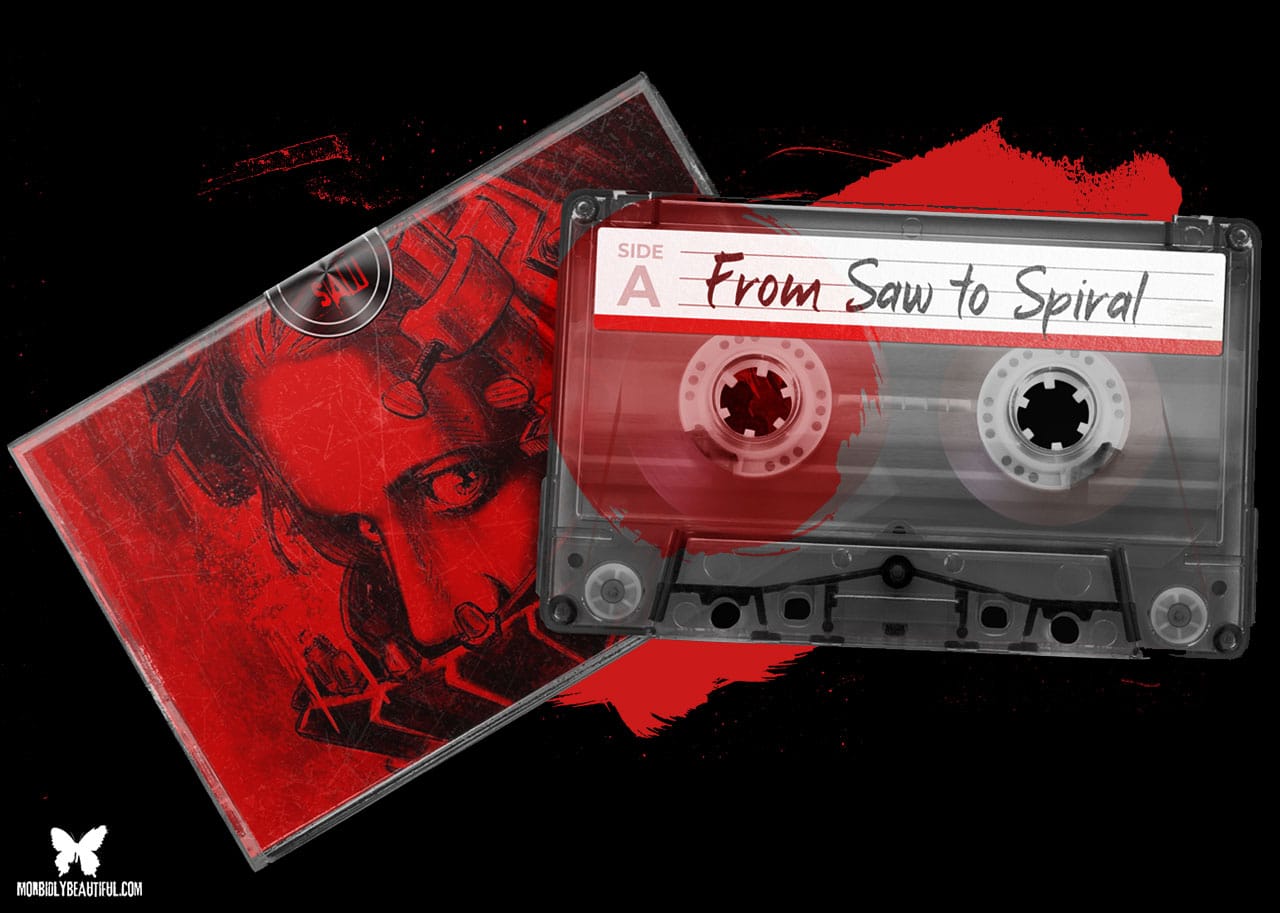

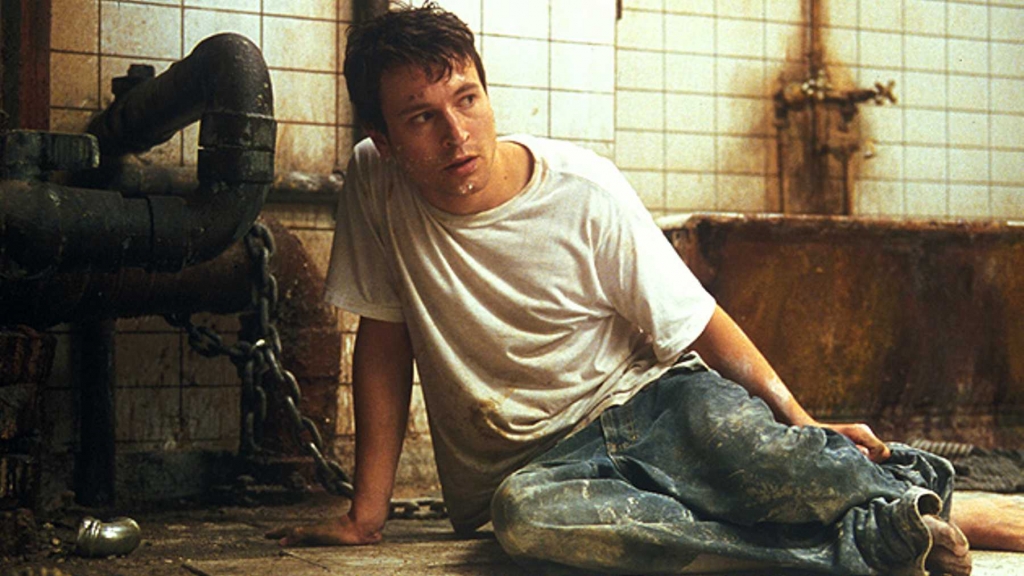
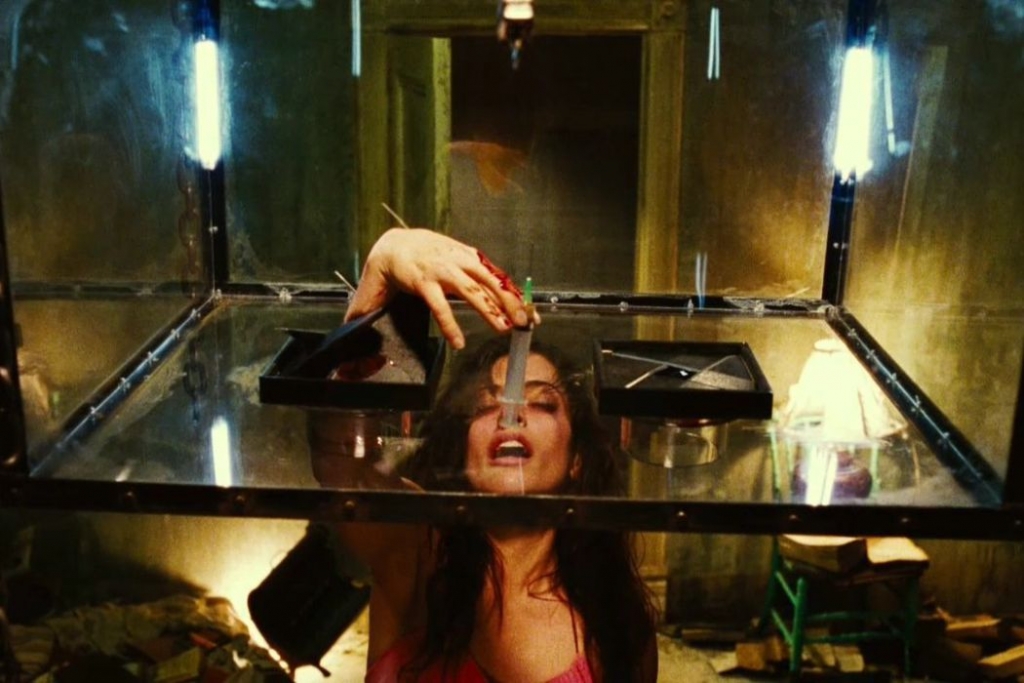
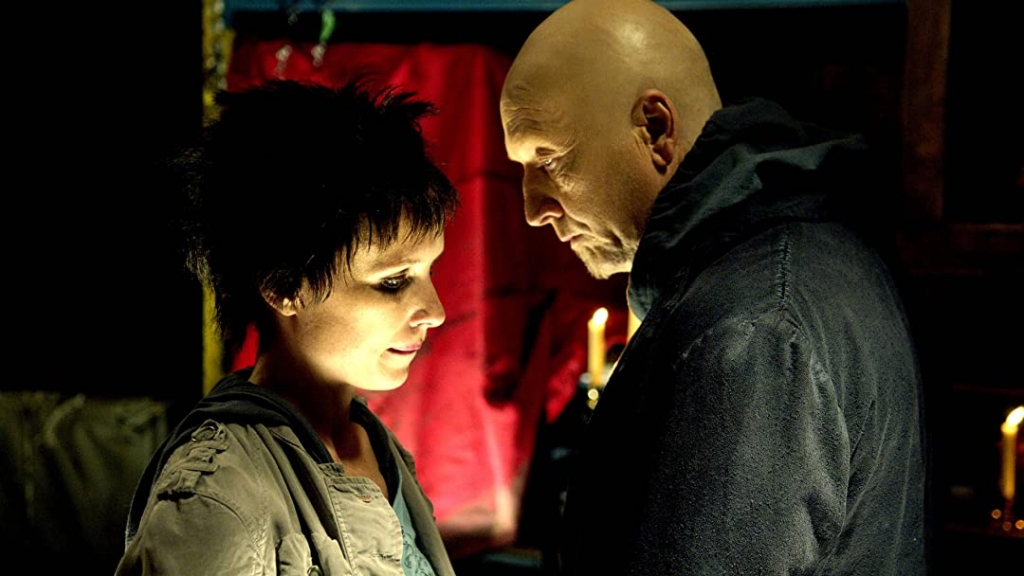
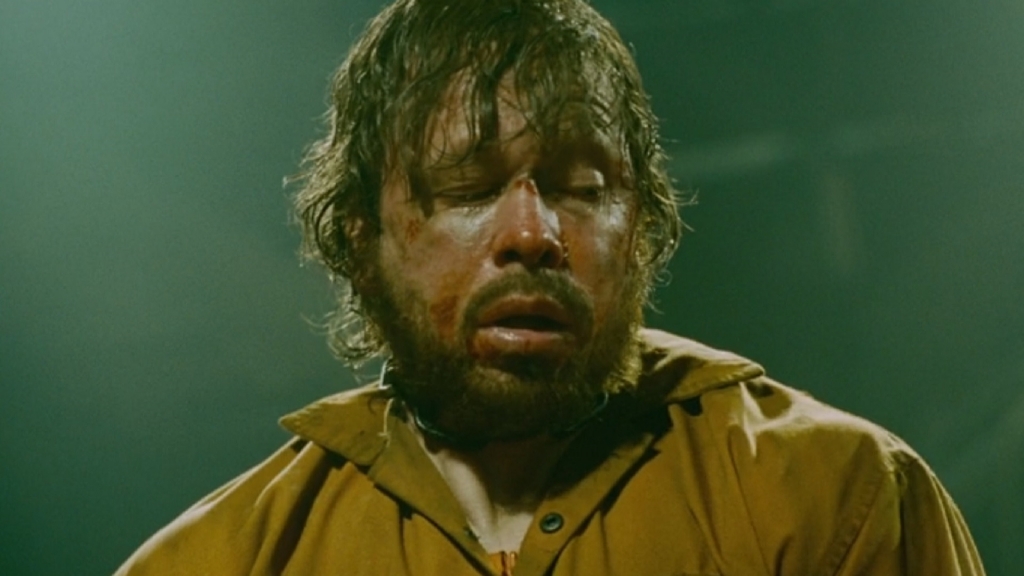
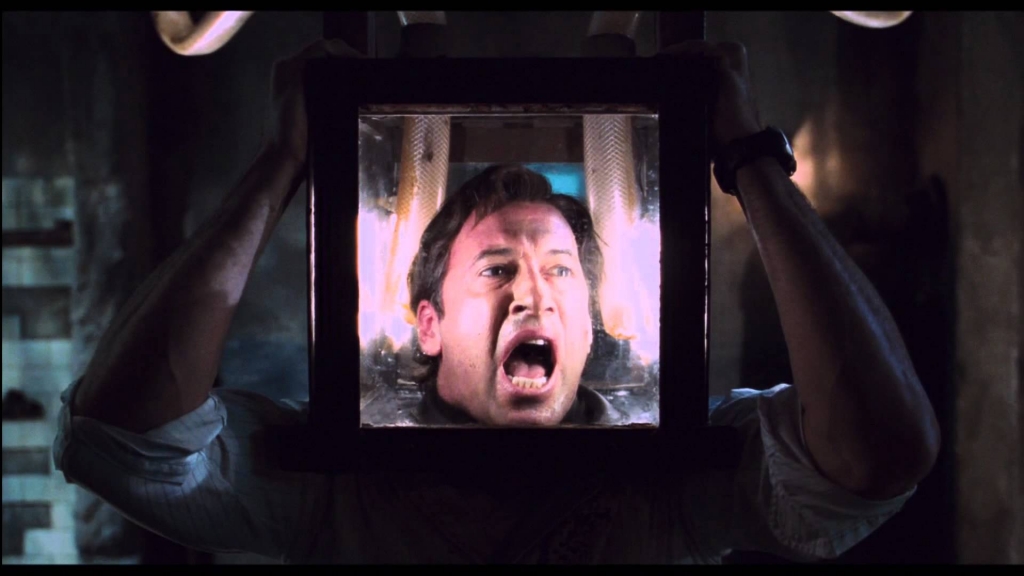
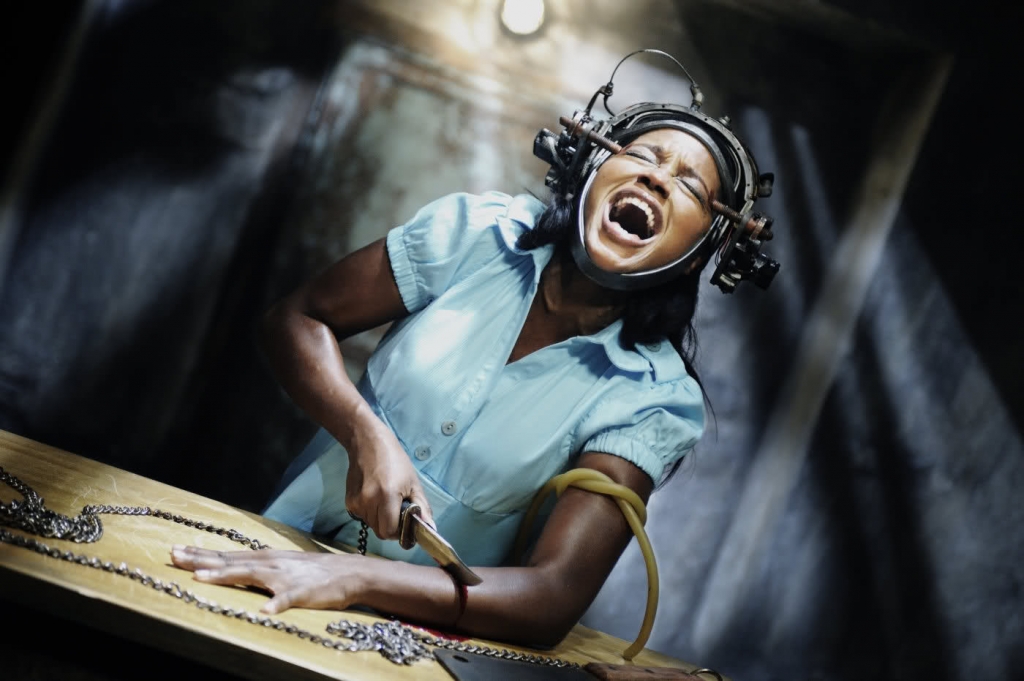
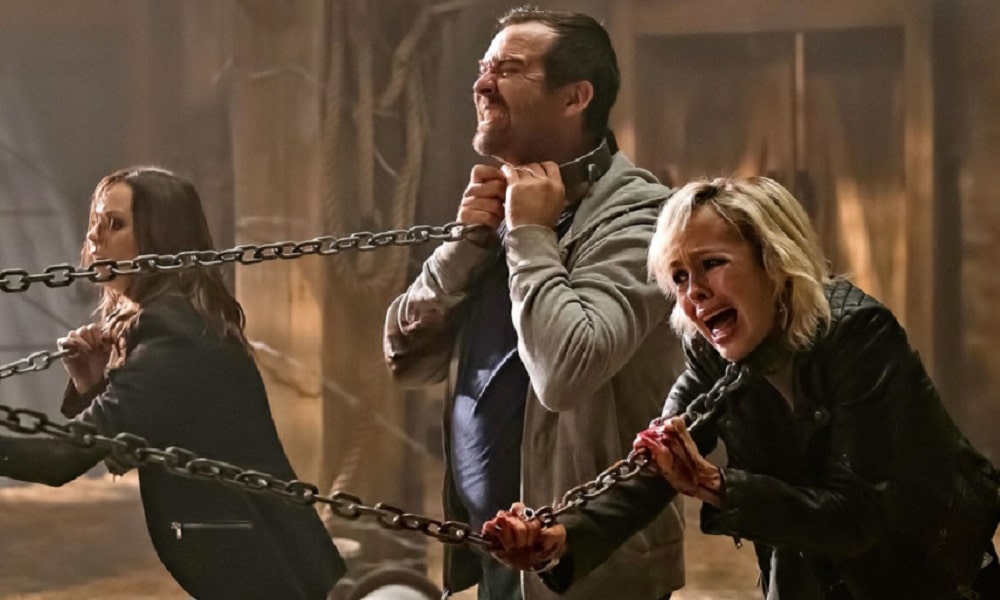


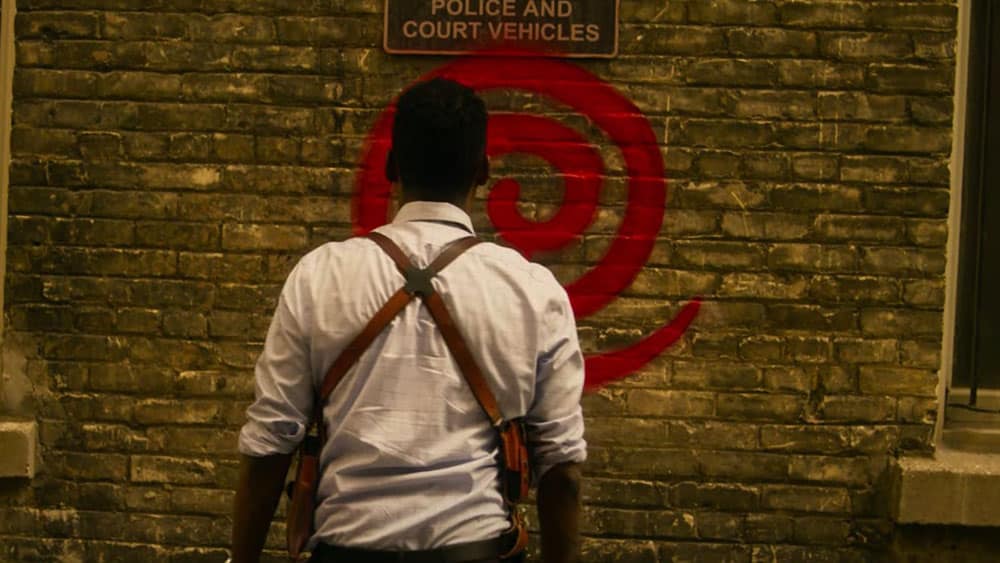
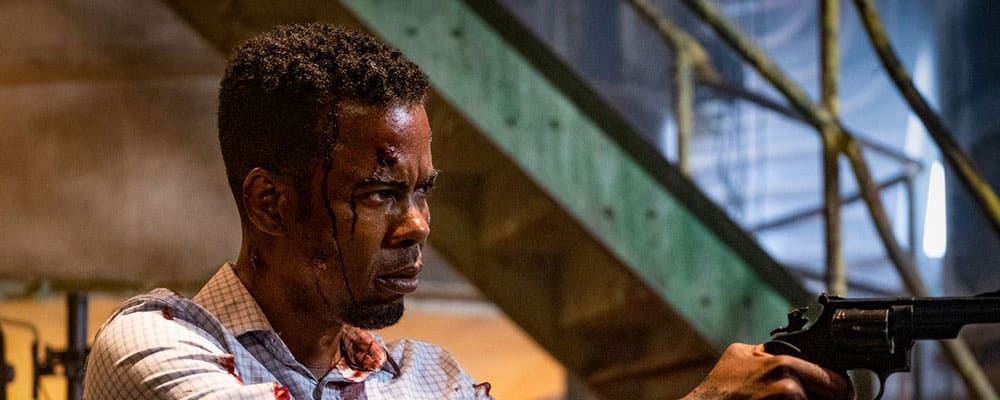
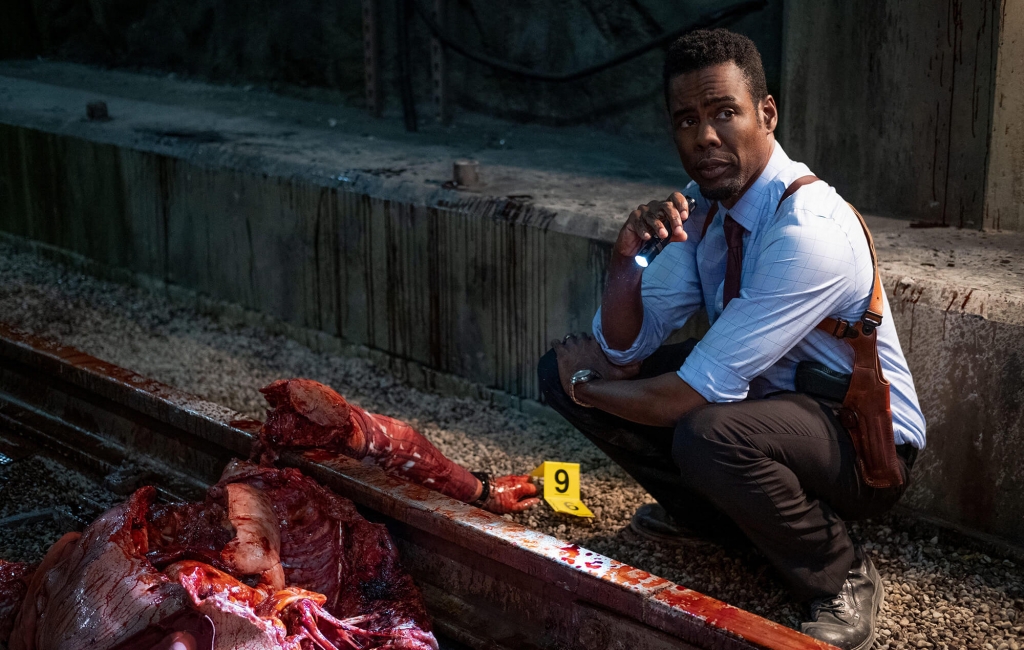
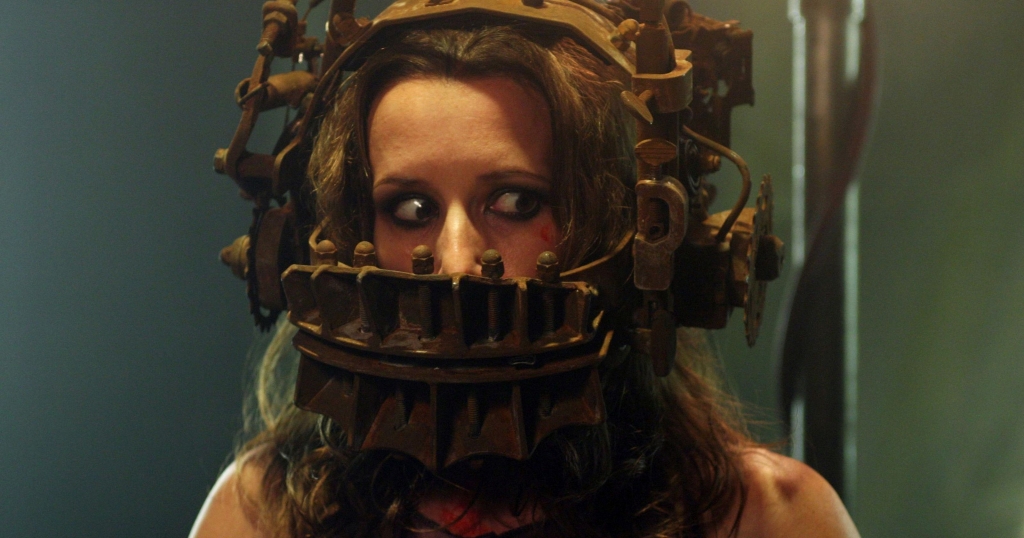
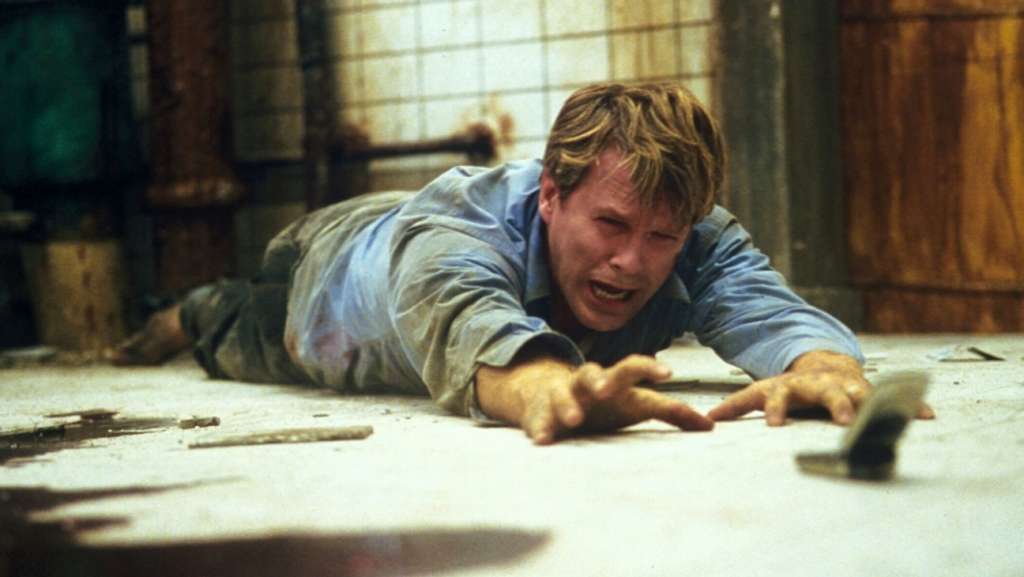
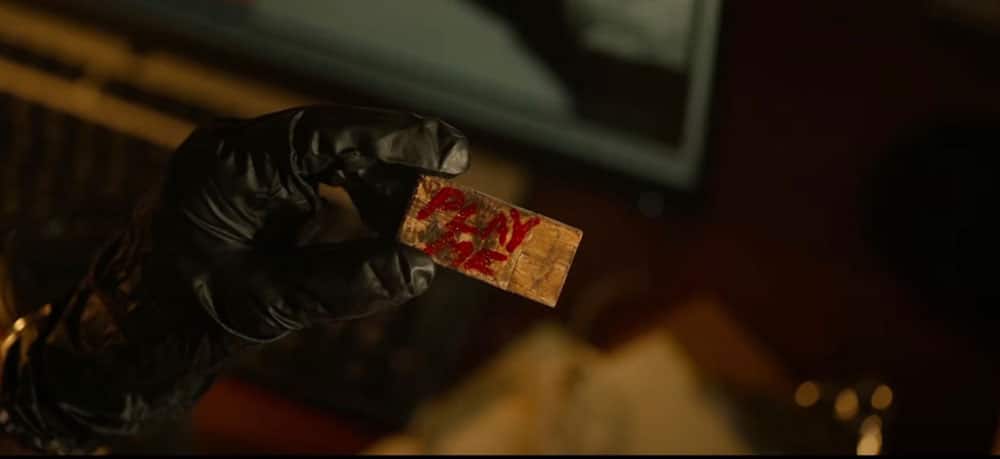
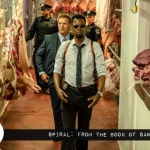











Follow Us!